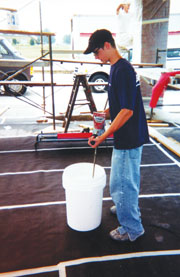
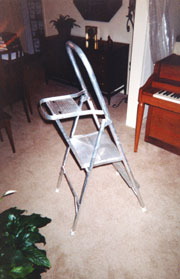
When I set out to write this article I had a hard time knowing where to begin. So, I thought I’d put the products in order of how we use them on the job, at least making an attempt at some kind of orderly list.

Bucket and mesh time
In photo #1, we’re working on an exterior project and my nephew, Jordan Sale, is mixing with something called the Samson Bucket. This bucket comes in 5, 6, 10.2 gallon (shown) and 12 1⁄2-gallon size. I was sold on this bucket the first time I got my hands on it. The bottom is reinforced and the side walls are thicker than a regular 5-gallon bucket. It also has a screw-on lid that makes it great for storing dry plaster such as basecoat or finish. It has two sturdy side handles for easy lifting and carrying. The cost is quite a bit more than a 5-gallon bucket but when tested out, you won’t go back. They’re so much nicer to mix in and work with.
In this same photo is a tool that I’ve used from time to time. This was not one sent to me and I apologize that the photo isn’t larger of it. It holds a 3- or 4-feet wide roll of heavy field mesh that’s used for EIFS work, and that we also use for resurfacing walls and ceilings for interior restoration work. The roll is held securely in place and as the mesh is pulled out away from the machine, a small roller with a tape measure on it displays the measurement so pieces can be cut to the length desired. Then simply cut them off with a utility knife against the straight edge provided on the machine. One end of the machine has two handles and the other has two small wheels for easy movement around the job site.
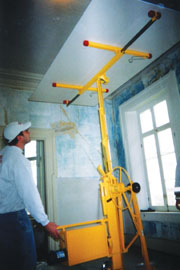
Climb time
When I do repair work, I rarely use stilts. It’s much quicker and easier to bring in a ladder that is lightweight and does the job. If I have multiple repairs in several areas of the house, I will simply bring two or three of the ladders.This is a “Granny Ladder” or a platform ladder in photo #2. They are aluminum, which makes them nice and light, and they come in two sizes—a one and two step. The one pictured here has one step that leads up to the platform. This type can be used to reach up to 8 foot, with the two step making it possible to reach a 10-foot ceiling. There are two advantages that this ladder has over most ladders.
First, the platform and the open handle that the top forms. I’ve had people make fun of me using this type of ladder but on construction sites it’s the first ladder to disappear. When people use it once, they want to get one. It’s easy on your feet and it’s hard to fall off with the handle right there to hold or lean against. The other nice feature is the open end of the material platform, where a can of paint usually sits. This open area allows the handle of a hawk to fit through, letting you set it down so that you can work overhead with both hands when necessary. It’s safe to use on carpet and linoleum, as it has thick rubber pads on the legs. If they wear out, order more pads through the store. By the way, these are Werner brand ladders. One of the nicest things that I like about this ladder is that it saves your feet from getting beat up by the regular rungs that most ladders have.
The third product I wanted to showcase is one I really think is outstanding. It’s a hydraulic wallboard lift that’s made by Telpro. It’s the Panel Lift Model 460. In photo #3, it is being used with the Loader Attachment, Model 220. With this attachment, a person only has to lift the board 2 inches to get it onto the loader clips. The board is lifted with a hand crank into place and then the hydraulic lift does the rest of the work. In photo #4, Jeremy Newman can operate the lift with the touch of his finger. The machine rides on three large wheels that make it a breeze to move the board into position (photo #5).
There are several advantages this lift has over the manual crank type. First, this lift can hang board up to 15 feet, which is a huge plus when dealing with loft ceilings and other hard-to-reach areas. Another great feature is that it comes with two batteries and a quick charger so downtime is minimal. It breaks down into easy-to-handle parts and is easy to assemble. It handles 8- and 12-inch board.
I talked to Mark Haaland from Telpro and he mentioned the biggest benefit to those who use this machine comes from saving their backs, necks and energy. He mentioned that in Europe there is a lot of education on back safety and so the hangers over there have been quick to realize and act on the benefits this machine has to offer. Here in the states there is a little resistance to this fact.
It seems that many of us don’t value our energy and health as much as we should. And I say part of this is because we want to believe that we’re still invincible. We can still get the job done as we did when we were 20 (though I just hit the big 42 and I can tell you I’m not bouncing back as fast I used to). The real question is, at what price? I know a lot of hangers who are limping along and crash around 7:00 or 7:30 p.m. each night. The reason I mention this of course is there is a decision to be made. And it has a lot to do with how you look at things. Some people look at equipment that helps them save time and money as an expense, some as an investment. While a manual board hanging machine rings in at around $700, this one comes in at around $2,600. I can tell you one thing about it: One can use this machine all day long and not break a sweat. And I can also say that if a person had a back and neck that was really getting to them, this is the machine he would want to have. With this machine it’s a one-person show if needed to be with energy left at the end of the day.
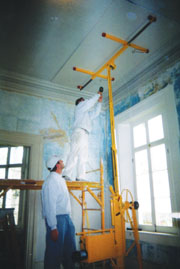
This column is devoted, in loving memory, to my cousin Betty Raymer, who helped me see what was truly important in life.


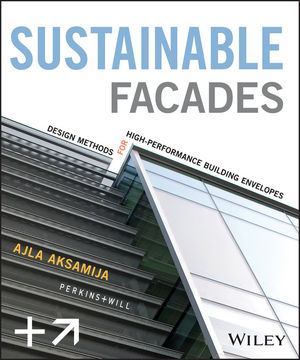

Report Abusive Comment